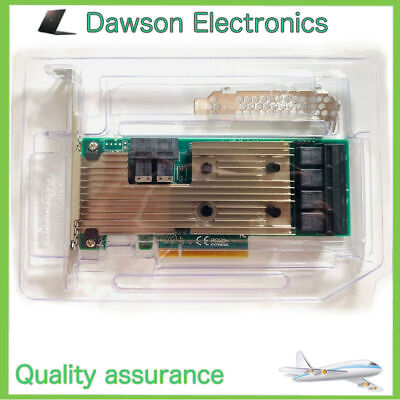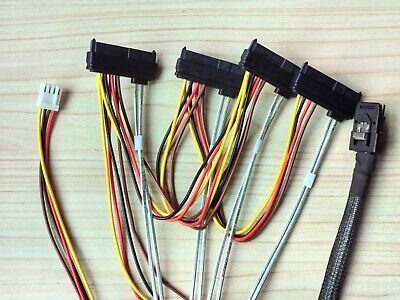I’m building a NAS for my family to store digitized family photos, videos, and automatic computer backups. This has been a project of several weeks of research, but as a first server I wanted to run my proposed build by those more experienced before I purchased everything as well as ask a few questions. I have included some rationale behind each selection, so I ask that you feel welcome to challenge such if it is faulty or suboptimal in some way.
| Part | Price | Product | Producer |
|---|---|---|---|
| Case: | $205 | Meshify 2 Xl | B&H |
| CPU: | $310 | i7-14700 | Microcenter |
| W680 Motherboard: | $326 | Pro WS W680-ACE | Amazon |
| 32Gb ECC RAM: | $139 | OWC Brand “Replacement RAM” | Newegg |
| Power Supply Unit: | $109 | Rosewill CMG5 | Newegg |
| Total before HDDs: | $1089 |
Starting with the case, the Meshify 2 Xl was chosen due to its reported capacity and reported superior airflow. In storage configuration it can support 18 3.5" HDDs and 4 2.5" SSDs while the built-in fans are reportedly enough cooling for the HDDs. Please let me know if you think additional fans would be necessary or if the drive capacity would would run past what the CPU is able to support at full speed. Also, if you know of any cheaper cases that are comparably good or even better for the purposes of a NAS please note your suggestion.
The CPU selected, the 14700, was chosen due to its price being lower than 13th Gen and $40 more than a 12th Gen i7. An Intel consumer chip was selected due to its transcoding capability for Jellyfin and support for ECC RAM along with my relative unfamiliarity with server-grade hardware such as the Epyc and Xeon product line. If you would recommend using a preowned Xeon instead please point me in the right direction. I am aware of the need to immediately run a BIOS update on any new 14th Gen to prevent it from cooking itself with too much voltage. Also, would downgrading to an i5 to save $120 be advisable?
The W680 motherboard is produced from ASUS, the Pro WS W680-ACE, is effectively the cheapest W680 with adequate PCIe ports. I saw reviews complaining about the IPMI so I chose the $84 cheaper option without it. There are some Supermicro W680 chipset models on Ebay for an extra $150-$200, but I can’t tell what would make them worth the price premium besides the IPMI. The search was limited to the W680 chipset due to the support for ECC RAM being exclusive to it and it being highly advised on multiple forums. This particular board was listed as supporting 14th Gen and evidently not all do, but I would definitely listen to your advice as to the more expensive alternatives if there’s a feature or fact I’m overlooking.
The RAM was literally a matter of searching several sites for ECC UDIMM RAM by price. I am not too familiar with this manufacturer, so if you would advise to avoid it I will- even the first ECC RAM manufacturer I recognized by name as reliable was an extra $30 per 32Gb stick.
The 1000W PSU involved a similar process of sorting by price without the same research that went into the case, CPU, and Motherboard. I know little about what to look for on PSUs for a NAS build. Is it worth getting a higher efficiency rating since it will be on constantly and do I have to get a Molex adaptor? If so what would you recommend? It lists a 6+2 PIN Pcie Connector (4), a 12+4 PIN PCIe 5.0 connector (1), Sata connector (8), and 4 PIN Molex Connector (4). My understanding is that you are able to daisy chain power from a PSU to your HDD’s, but thought I’d ask if there’s anything I need to keep in mind or best practices in regards to arranging things.
Finally, for the drives themselves. I’ve found 18 Tb drives are the least expensive per Terrabyte, preowned most of all. That said, I’ve seen some people warn against the risk of reslivering on drives that large. My whole family really only needs a combined 30Tb or so of usable can’t-lose storage, so I was thinking of an initial setup of RAIDz2 using four 18Tb drives for double parity. The site I found selling refurbished drives sold SAS and NL SAS drives lower than SATA of an equivalent size. With that in mind, would you reccomend going this route as SAS drives are said to have greater endurance and have up to double the throughput in the interface spec? If I added SATA drives to the pool would it then negate the speed advantage of SAS? If so, would you recommend making a separate pool on the NAS for the built-in SATA connectors on the Motherboard and using the SAS via HBA card? Also, are there any particular HBA cards or splitters to avoid or other things to watch out for?
Also, the W880 chipset motherboards for the Intel Ultra 2 series CPUs are supposed to release this quarter that support ECC on the new generation of processors. Is there a compelling reason besides nice to haves like reduced power consumption, AV1 support in the integrated GPU, Thunderbolt as standard, and possible Wifi7 inclusion (which likely wouldn’t even be used) to wait rather than acting on the proposed build above?
Additionally, and this is likely putting the cart before the horse, is the best way to backup only important family memories and files making a seperate pool just for that and then using Syncthing on another NAS via OpenVPN, using the replication function, or something else entirely? What’s the best way to auto-deduplicate family videos we may all have copies of even if the names might have been renamed by some of us before they all get ingested into storage?
I appreciate you going through this lengthy post and any guidance you are able to offer. Research only goes so far before questions from a lack of experience pop up. Thank you again and Happy New Year!

